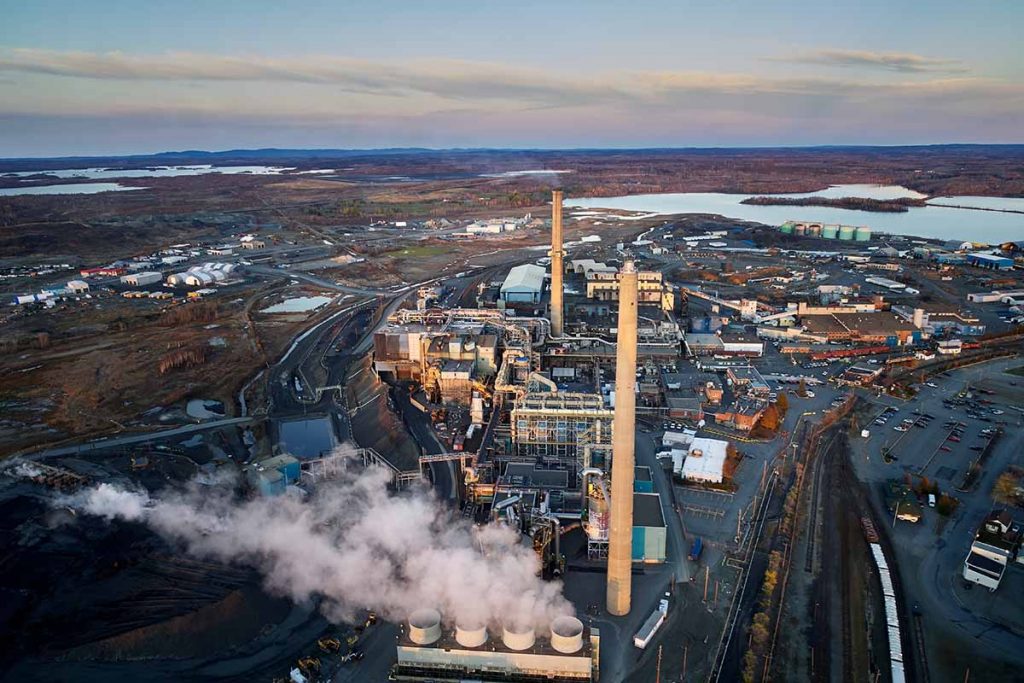
Glencore’s Horne smelter is facing public concerns over air pollution. | Courtesy of Glencore
The top government official in Quebec suggested public concerns over air pollution could lead the province to close Glencore’s Horne smelting site, a key downstream for North America’s e-scrap.
Meanwhile, as regulators consider renewing the smelter’s air quality permit, Glencore has pledged to invest over 500 million Canadian dollars (about $364 million U.S.) to reduce air pollution from the smelter. Located in Rouyn-Noranda, Quebec, the century-old smelter takes in e-scrap and other scrap materials and produces intermediate copper and precious metals products.
Closure of the smelter, which produces 210,000 metric tons of copper and precious metals annually, would have serious implications for downstream e-scrap flows in North America.
In late September, just before the provincial election, Quebec’s premier, Francois Legault, said in a radio interview that residents of Rouyn-Noranda would decide whether the smelter, which authorities are allowing to exceed emissions standards, must close. Legault is leader of the Coalition Avenir Québec party, which held a plurality of seats in the National Assembly of Quebec, the provincial legislative body, before the Oct. 3 election and retained a plurality afterward.
Legault’s comments came amid protests outside the smelter, with locals concerned about arsenic emissions. They also came as the province’s environmental ministry considered the company’s air quality permit renewal application.
The smelter is allowed to emit up to 100 nanograms of arsenic per cubic meter, while the standard elsewhere in Quebec is 3 nanograms per cubic meter, according to a report from CTV News. The Horne Smelter’s five-year permit must be renewed by November 2022, the outlet reported. The province’s Ministry of the Environment is currently going through the process of considering the permit’s renewal, including which requirements to impose under the permit.
In August, Glencore announced an investment in air pollution reduction equipment, which is expected to bring arsenic emissions down to 15 nanograms per cubic meter immediately adjacent to the facility within the next five years. It uploaded a document detailing the project.
“This transformative project shows that our No. 1 priority is to ensure our teams’ safety and security, as well as that of our neighboring communities,” Claude Bélanger, chief operating officer of Glencore’s North American Copper Assets, stated in an Aug. 18 press release. “The investments we plan will make the Horne Smelter one of the world’s lowest-emitting copper smelters.”
The facility isn’t alone in encountering public concerns over air pollution in North America. Germany-based metals company Aurubis is facing resistance from environmentalists concerned about air pollution from a secondary smelter the company is planning in Augusta, Ga.
More stories about metals
- Analysis: copper set for new investment, recycling growth
- Analysis: circular design still elusive in laptops
- Analysis: DOE takes equity stake in Lithium Americas deal



